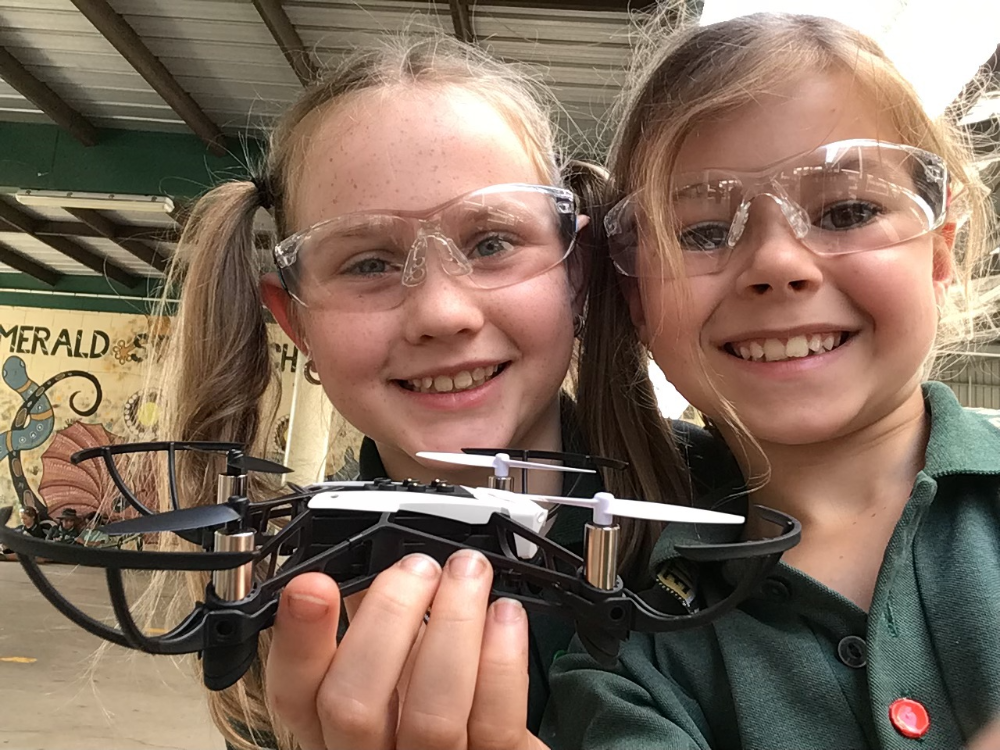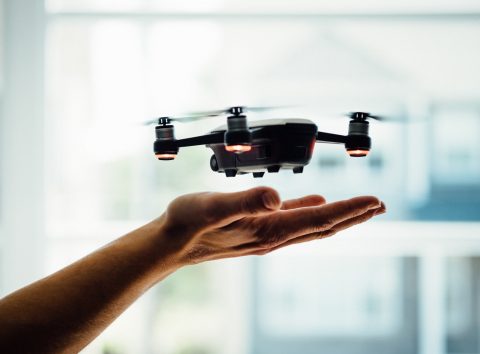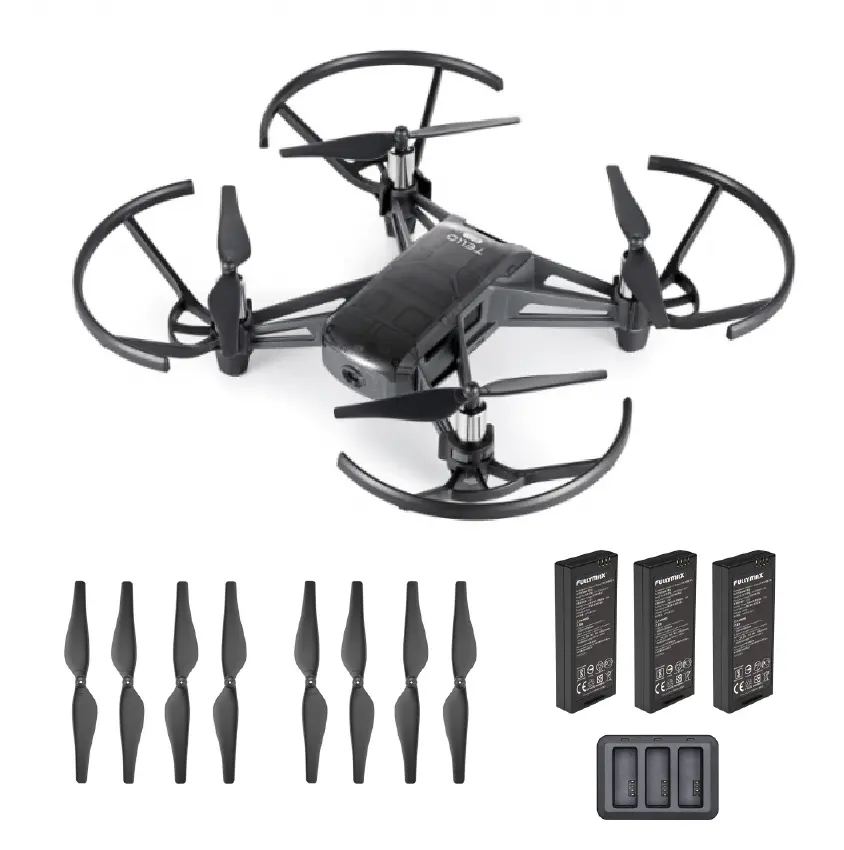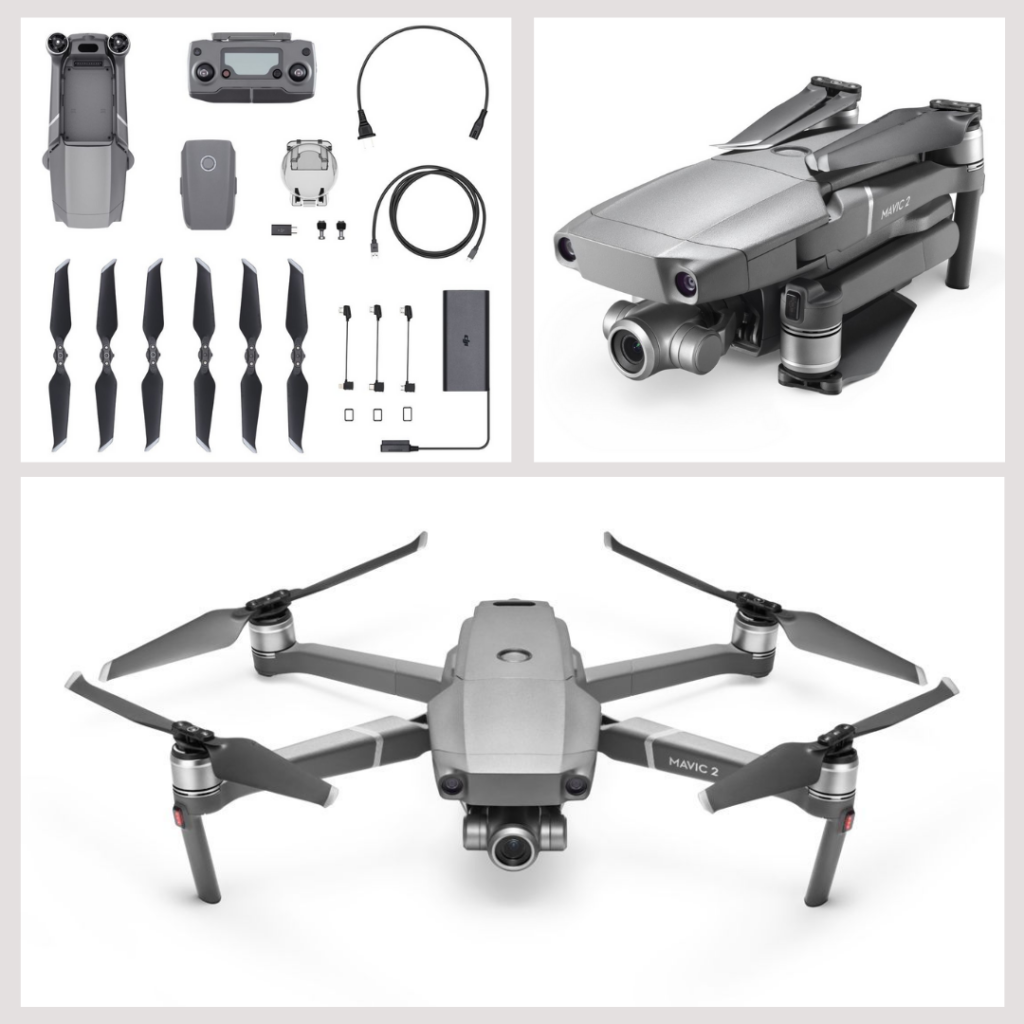Main Menu

This article is designed to help teachers know which drones to buy for their school, where to buy them, how to buy them, and which ones not to buy.
If you don’t feel entirely sure about what your classroom needs are, download our Educational Drones: The Ultimate Guide for your school. This article will give you more answers to those broader questions about curriculum, budget etc.
This guide below is for when you are making important decisions between drones and working out which ones will suit your needs. We cover the considerations from our reviews below:
How to buy an educational drone for students
Where to buy a drone for students
Discontinued drones
Drones not recommended for students in school
There are many ways to buy drones for your drone lessons. But as an educator, your needs are a bit different to that of a hobbyist or industry user. So, here are some things to consider:
The best thing to do is to talk to a supplier who will understand your needs as a teacher, knows the market well, understands the needs of the classroom and then can provide you with accurate advice.

We use the DJI products because (by virtue of them having over 54% of the market) the apps, accessories, and resources that are developed for them suit the classroom. The technology hardware is also excellent (although with any technology there will always be warranty issues). We test, use, and sell DJI products because they are a good product with excellent warranty support through our Australian distributor. We continue to test other products for their education and mapping suitability as they become available.
Below is a review of drones we recommend for the purposes of implementing your drone STEM curriculum. To make a fully informed decision, we recommend reading The Ultimate Guide to Buying A Drone For Your School. This is an in-depth look at the considerations you need to think about when buying a drone.

RRP $219 / Tello EDU Boost Combo RRP $299 AUD (August 2022)
Simple to use straight out of the box. Charge the battery, download the app, connect the drone and device via wifi, open the app and fly. There are a couple of steps to connect the drone to your device via the device wifi settings, rather than in the app, but the connection is reliable.
It works well with the Tello Edu app for block-based coding and DroneBlocks for block and line-based coding.
The Tello EDU allows access to the Software Developers Kit (SDK 2.0) which provides students who are wanting to do more advanced coding (general purpose coding) with additional options. It also seems that DJI will be developing more educational resources and apps for the EDU version in time.
You can write code that will enable your aircraft to recognize each Missions Pad’s unique ID.
Which students suit this drone?
Students who have never flown before or have minimal flying experience and schools wanting an entry-level drone for block and line-based coding that will provide instant confidence and flight success.
1 drone per 2/3 students.
A great drone with some really amazing technology squeezed into its 80 grams. There is a couple of need to knows to get the most out of this drone in a classroom environment:
The camera is only forward-facing. To get ‘industry like’ realism to gather data, we have a workaround with a 3D printed attachment for a mirror over the forward-facing camera.
The Tello supports all the same features and functions as the Tello EDU, but does not have the upgraded SDK 2.0, mission pads or the ability to swarm.
Until the recent change by DJI to stop smaller resellers from selling the Tello (consumer) microdrone, we were recommending this version. But now that it is only available in Australia from the ‘big box’ retailers, who have a limited understanding of the education market, we only sell the Tello EDU.
The sub-2kg category can be split into two subsections:
All the sub 2kg drones below are relatively simple to use straight out of the box, after you have gone through the usual start-up, charge batteries, register etc. Flying outdoors though does create some additional considerations with getting your GPS home location in the right place and compliance with regulations. So take your time before you fly!
Schools that are interested in using a drone to capture high-quality photos and videos for promotional purposes or creative media classes for example. Beyond pretty pictures, these drones are excellent for field trips and data collection especially for geography and environmental science classes. Note that there is still a huge range of capability within this sub 2kg category, the actual best use case will vary depending on the drone choice.
We recommend only one drone at a time per class/activity. More than one sub 2kg drone up as a teacher and you are going to turn into a messy ball of stress! Obviously, these larger drones are a significantly larger investment as well, so you may not be able to afford a higher drone to student ratio!
There are several drones in this category that can capture excellent data for environmental observation and monitoring purposes. Combine this capability with the limitations on the student to drone ratio, the education focus on purchasing one of these drones really needs to be on the application of the data or footage collected.
Of course, if you are lucky enough to have very small class sizes and you are happy to hand over the controls of a piece of an expensive piece of equipment, then your students will love the flying component as well.
We highly recommend assessing competence with the microdrones first though. It’s a great idea to get the students to demonstrate they can achieve their ‘junior drone pilot’ license with something smaller and cheaper before graduating to your prized drone.
RRP $749 / Fly More Combo RRP $949 (July 2021)
A great intro drone for schools wanting to try out drones and give teachers or students a taste of flying outdoors and getting some really good pictures and videos.
This technically fits into the microdrone category at 249gm, but definitely not one for flying indoors! Super portable so great for field trips needing photos and videos. This doesn’t have obstacle avoidance so make sure you have confident operators. Note that the mapping apps are not currently compatible, so it’s unsuitable for autonomous drone mapping missions.
RRP $1699 / with Fly More Combo RRP $2,099 (July 2021)
It packs a lot into its 595gm and takes amazing photos and videos. It’s a real step up from the Mavic Mini 2. Flight time in perfect conditions of 30 minutes. The Air 2S doesn’t integrate with drone mapping mission apps, so isn’t any good for those wanting to gather data for creating maps.

RRP $2499 / with Fly More Combo RRP $3,148 (July 2021)
This is a top of the range drone, as far as most schools will be concerned. Super high quality photos and videos. This is what we recommend for schools wanting a great workhorse of a drone for photos, videos, and drone mapping missions for Geography classes etc.
Make sure that you don’t buy the model that comes with a screen/smart controller (Pro +) as this model does not integrate with third party mapping applications. The Zoom model is great for those wanting for more photography applications, but the sensor (camera) is not as good for data capture.
We will continue to update this list of discontinued or ‘short supply’ drones.
These are drones that we’ve tried and tested over the years and we don’t recommend. Not necessarily because they’re bad drones, simply because they don’t work well for drone education in the classroom.
An excellent concept but could be frustrating for students. Building the drone is cool but having to then rebuild it when you crash (which is likely to occur every flight when you are learning), gets old pretty quickly. It was unstable in flight and even fell apart mid-flight on one occasion.
We have a love for Lego and really wanted to recommend this for schools, particularly Primary Schools, but we just can’t see it being an easy and enjoyable tech experience in the classroom. If you just want to focus more on the building, rather than the code and fly, this is an option, but not one that we believe meets the curriculum needs.
We have tested the CoDrone and decided not to recommend it to schools for the following reasons:
Again a really great concept with building the controller and being able to learn about the different components. We have spoken to a couple of schools using these drones as part of their drone curriculum and they have had some good use out of multiple rebuilds of the controller by students. But, knowing how hardy equipment needs to be in the majority of schools, and tight budgets for many, this one doesn’t make it to our recommended list.
A great concept to have a drone body made out of wood, with templates you can laser cut. Snap on motors and a camera. But the execution, particularly for a classroom environment would leave you frustrated.
We built this at home, and it took us about an hour to build. In the process we managed to break a bit of the wooden body as we pushed too hard to connect two pieces. This didn’t affect the final build, but did show that breakages with students were likely.
The flying of the drone was not easy. Without the great stabilisers like the Tellos, this drone was a bit of a beast to handle. After a few too many crashes, adjustments to try and get the weight right, we soon realised that this one wasn’t going on our recommended list.
Another kits that promise much for the beginner flyer and the classroom, but underperforms.
This one is what we would call a semi build, where you clip the motors and central control unit onto the arms, connected via a metallic strip. You can also use the cardboard arms and conductive ink to create alternative drone bodies.
All up, less than 5 minutes to put together, but like with the AirWood, the flying was frustrating compared to the Tellos.
A lack of stabilisation means that it is a challenging flying experience, and not quite meeting the mark for its target market of primary schools. Despite the tempting price of $40, this one earns a spot on out ‘not recommended’ list.
Our Education Director, Dr Karen Joyce has done up a quick video about common drones teachers are using.
We always love to hear how educators are getting on with their choices.
Email us at [email protected] and let us know how you’re going!
Also check out our list of reasons why kids should fly educational drones for more information.
Need more information on drones for schools? We recommend that you check out the following articles:
She Maps is Australia’s leading expert in drone and geospatial education.
She Maps assist schools with the purchasing of drones, school-industry created drone and geospatial teaching resources and highly supportive teacher professional development.
Ready to buy drones for your school? We are an authorised DJI reseller in Australia

Subscribe by email and never miss a blog post or announcement.

She Maps aims to bring much needed diversity and support to STEM. We do this by providing drone and geospatial programs to teachers and schools across the globe.
At She Maps we acknowledge the Traditional Custodians of Country throughout Australia and their connections to land, sea, and community. We pay our respect to their Elders past and present and extend that respect to all Aboriginal and Torres Strait Islander peoples today.
Aboriginal and Torres Strait Islander peoples are advised that this site may contain names, voices, or images of people who have passed away.
Take our resources for a spin and join the thousands of teachers who love our ready-to-teach classroom materials. Try one of our complete units of work for free.

